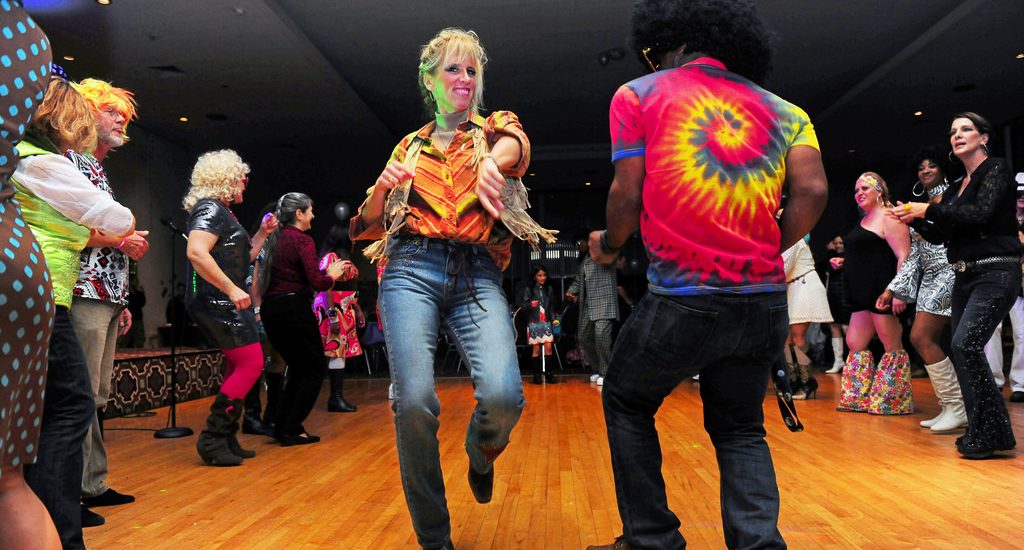
Congresswoman Judy Chu says she’s “Outraged by the deaths…”
Track Bans use of Performance enhancing Lasix and Calls Jockeys’ whips under scrutiny
By Terry Miller
Heavy winter rains in southern California have been blamed, in part, for the rash of racehorse deaths at Santa Anita dirt track this winter meet. However, the track itself may be only one element in a complex and unique set of circumstances that may have contributed to the high number of deaths in a short space of time.
Santa Anita Race track spent millions on its ‘Pro-Ride’ synthetic track after the CHRB (California Horse Racing Board)mandated that racetracks use the artificial track then went returned to dirt in 2010. According to Bloodhorse, “ That Pro-Ride surface replaced the original Cushion Track that was installed initially but failed to perform adequately under the extreme divergence of temperatures in the San Gabriel Valley.”
However, the reviews were still mixed about the previous synthetic track which was proclaimed to be safer than dirt.
In an open letter to the horse racing community Thursday March 14, Belinda Stronach, Chairman and President of The Stronach Group – which owns and operates Santa Anita Race track – laid out plans for significant changes to take effect immediately following the death of 22 horses since the track opened its winter meet December 26, 2018.
Most notable in the comprehensive changes at Santa Anita is the banning of race-day medication Furosemide, which is an anti-bleeding medication, commonly called Lasix or Salix that also enhances the performance of the racehorse. This medicine has been banned in most countries for deacades.
Approximately 90% of US Racehorses are given Lasix before racing and the controversy over this drug is enormous in the racing world:
“What has largely defined this long-standing tug-of-war is the belief by most on either side of the table that theirs’ is the stance more aligned with horse welfare – that to ban a drug that has been proven to be effective in treating bleeders is as cruel and dangerous to racehorses as it is to administer it. But after years of intractability the latest proposal, with its ringing endorsement from so many figures in the racing war cabinet, appears to be one of the most significant pushes yet for Lasix reform,” Dan Ross of The Guardian of London wrote in a recent article.
The Stronach Group said it “will take the unprecedented step of declaring a zero tolerance for race day medication at Santa Anita Park and Golden Gate Fields. These Thoroughbred racetracks will be the first in North America to follow the strict International Federation of Horseracing Authorities (IFHA) standards.”
The revision of the current medication policy will include:
- Banning the use of Lasix.
- Increasing the ban on legal therapeutic NSAIDS, joint injections, shockwave therapy, and anabolic steroids.
- Complete transparency of all veterinary records.
- Significantly increasing out-of-competition testing.
- Increasing the time required for horses to be on-site prior to a race.
- A substantial investment by The Stronach Group in diagnostic equipment to aid in the early detection of pre-existing conditions.
- Horses in training are only allowed therapeutic medication with a qualified veterinary diagnosis.
Additionally, it is time to address the growing concern about use of the riding crop which is more commonly called a whip jockeys use to try and make their hose run faster. Experts who have studied this controversial issue point out that Victor Espinoza’s ride on American Pharoah in the Kentucky Derby, used his whip 32 times .
Tim Ritvo, COO, said, “The time has come for this industry to evolve. It must do so for the sake of the horses and the people who depend on this sport for their livelihoods. Moving to international standards will help to set the right foundation for racing and fairness. We love the sport of horse racing and want it to succeed today, tomorrow and long into the future.”
The California Horse Racing Board CHRB will address all these changes March 21.
Meanwhile, some in the industry worry about the long term future of horse racing in general and with the Breeders’ Cup slated for Santa Anita just 7 months away, people are pondering that this may be cancelled altogether:
Breeders’ Cup Ltd., Jim Gluckson sent a statement Thursday but made no immediate comment with regard to the prestigious 2-day event slated for Santa Anita in November.
“Like all of racing we are profoundly saddened by the loss of a life at any racetrack and we are heartbroken for those whose livelihoods are dedicated to the care of our horses. As an organization, the Breeders’ Cup stands for the highest levels of safety and integrity. We support the effort by The Stronach Group to propose important changes and we commit to working with the racing industry in California and elsewhere to achieve meaningful reform on a national basis.
We recognize that for real change to result from this difficult situation we must engage those stakeholders quickly and dedicate time and other resources. We must, as an industry, press forward on implementing existing best practices and rapidly proceed with the consideration of further reforms such as those proposed by The Stronach Group in California. It is vital that we all do so.”
Kathy Guillermo, Senior Vice President for PETA said, “PETA thanks Santa Anita for standing up to all those who have used any means to force injured or unfit horses to run. This is a historic moment for racing and PETA urges every track to recognize that the future is now and to follow suit. This groundbreaking plan will not bring back the 22 horses who have died recently, but it will prevent the deaths of many more and will set a new standard for racing that means less suffering for Thoroughbreds.”
Belinda Stronach recognizes the daunting challenges these steps will make for the industry:
“We recognize this will impact our field size as horses and horsemen adjust to this new standard. There will be horses that will not be able to race because they have required medication to do so. For those horses, we are prepared to dedicate the capital required to rehabilitate, retrain, rehome and provide aftercare for them. They deserve nothing less.”
On Friday morning, Congresswoman Judy Chu expressed her thoughts on the 22 deaths at Santa Anita:
“I am outraged by the deaths at Santa Anita racetrack. Animals deserve to be treated with dignity and compassion, and the use of race-day medication like Lasix must stop. The U.S. is an outlier when it comes to the practice of injecting horses with this drug on race-day and we need answers on the impact of this practice at Santa Anita and throughout the country. I am calling on the House Energy and Commerce Committee to investigate and hold a hearing on the treatment of horses at Santa Anita and throughout our country, and to examine legislation like the Horseracing Integrity Act that would improve safety for racehorses. I will work with my colleagues to ensure that all animals are treated humanely and to get to the bottom of this crisis. Until we know the horses are safe, the Santa Anita Racetrack should be closed.”







